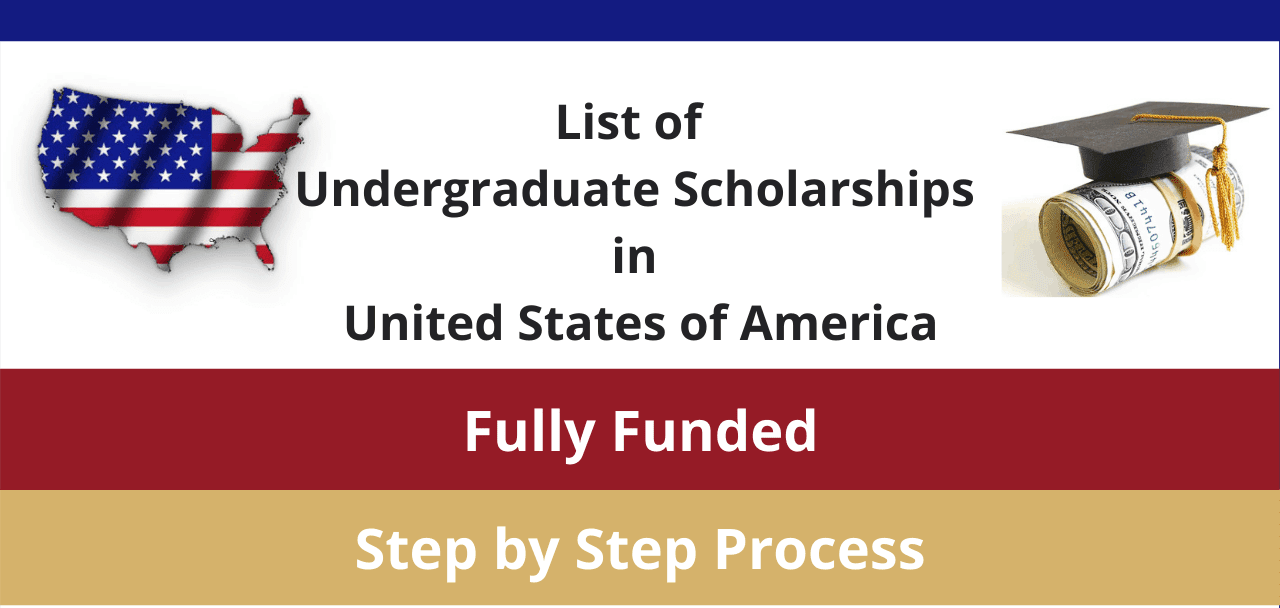Obtaining a higher education degree is a dream for many students around the world, but the high cost of tuition and living expenses can be a significant barrier, particularly for international students. Two primary options available to finance higher education are free scholarships and student loans.
Choosing between these two options can be challenging, especially for international students who might not be familiar with the education system and financing options in their host country.
In this blog post, we will explore the advantages and disadvantages of free scholarships and student loans for international students, helping them to make an informed decision about which option is better for them.
Free Scholarships for International Students
Free scholarships are financial aid packages that cover all or part of a student’s tuition and/or living expenses without requiring repayment. Scholarships are usually awarded based on academic merit, financial need, or a combination of both.
One of the significant benefits of free scholarships for international students is that they do not have to worry about taking on any debt to finance their education. This means that they can focus on their studies without the stress of debt repayment after graduation.
Additionally, free scholarships can provide financial stability, allowing students to cover their living expenses and focus on their education.
There are many scholarship programs available for international students, including government-funded scholarships, private foundation scholarships, and university-specific scholarships. Some examples of free scholarship programs available to international students include the Fulbright Scholarship, the Gates Scholarship, and the Rhodes Scholarship.
However, there are also potential downsides to free scholarships. For example, the eligibility criteria can be strict, and the competition for scholarships can be fierce.
Additionally, scholarships are often limited in number, and not all applicants will receive funding. Therefore, international students who rely solely on scholarships for funding their education may have limited options and may need to consider alternative financing options.
Student Loans for International Students
Student loans are financial aid packages that provide students with funds to cover their tuition and living expenses while studying. These loans must be repaid with interest after graduation or when the borrower leaves school.
One of the primary benefits of student loans for international students is that they provide access to funds to cover their education expenses. This can be especially beneficial for students who may not have enough savings or financial support to cover the high costs of studying abroad.
Additionally, student loans can help international students establish a credit history in the host country, which can be useful for future financial endeavors.
There are various student loan programs available to international students, including private loans and government-funded loans. Some examples of student loan programs available to international students include the Global Student Loan Corporation and the Prodigy Finance loan program.
Would You Like To Apply For This Jobs/Sponsorship?
Enter Your Email Address HERE & You Will Receive a Notification About Your Application. If it shows "Subscribed" CLICK HERE to follow on Telegram for updatesHowever, there are potential downsides to student loans as well. One of the most significant drawbacks is the high-interest rates associated with many student loan programs. This means that students may end up paying significantly more than the original loan amount over time.
Additionally, the burden of debt repayment after graduation can be significant and may impact students’ financial decisions for many years after they complete their studies.
International students should carefully consider the terms and conditions of any student loan program before deciding to take on debt to finance their education. They should also research and explore other funding options, such as scholarships and grants, before committing to a loan program.
Comparison of Free Scholarships and Student Loans for International Students
Both free scholarships and student loans have their benefits and drawbacks, and the choice between the two ultimately depends on the individual needs and circumstances of each international student.
The main benefit of free scholarships is that they do not require repayment, which means that students can complete their studies without worrying about debt burden after graduation. Additionally, scholarships can provide financial stability and reduce financial stress.
However, the availability of scholarships is often limited, and eligibility criteria can be strict, which can make it challenging for some students to secure funding.
On the other hand, student loans provide access to funds to cover tuition and living expenses, which can be helpful for students who do not have enough savings or financial support to cover the high costs of studying abroad.
Additionally, student loans can help international students establish a credit history. However, the high-interest rates and the burden of debt repayment after graduation can be significant drawbacks of student loans.
In situations where an international student has a good chance of receiving a scholarship, it may be a better option than taking out a loan. However, if a scholarship is not available or only covers part of the expenses, a student loan might be necessary to finance their education.
Additionally, for students who want to establish a credit history in the host country, student loans may be a better option.
To determine which option is better for a particular international student, they should consider their financial situation, academic qualifications, and future goals. Students should research scholarship and loan options available to them, including eligibility criteria, interest rates, and repayment terms.
Students should also explore alternative funding options, such as grants and part-time jobs. Overall, international students should make an informed decision based on their unique circumstances and financial goals.
Frequently Asked Questions
1. Q: Are there any scholarships that cover all expenses for international students?
A: While there are some scholarships that cover a significant portion of tuition and living expenses, it is rare to find one that covers all expenses for international students. It is important to research scholarship opportunities and their eligibility criteria to find the best fit for individual needs.
2. Q: How do I know if I am eligible for a student loan as an international student?
A: Eligibility criteria for student loans vary by country and lender. Typically, lenders will consider factors such as credit history, income, and citizenship status when determining eligibility. It is important to research and compare different loan options to find one that meets individual needs and qualifications.
3. Q: Is it better to take out a loan or work part-time while studying abroad?
A: It depends on individual circumstances and financial goals. Taking out a loan can provide access to funds to cover tuition and living expenses, but it comes with the burden of debt repayment after graduation. Working part-time can provide additional income but may not cover all expenses and can impact academic performance. It is important to consider the cost of living and the time commitment of both options to make an informed decision.
4. Q: Can international students apply for both scholarships and student loans?
A: Yes, international students can apply for both scholarships and student loans. However, it is important to consider the terms and conditions of each option before making a decision to avoid unnecessary debt burden.
5. Q: How can I improve my chances of receiving a scholarship?
A: To improve chances of receiving a scholarship, students can maintain good academic standing, participate in extracurricular activities, and research scholarship opportunities early on. They can also seek guidance from their school’s financial aid office or a scholarship advisor.
Conclusion
The choice between free scholarships and student loans for international students depends on individual needs and circumstances. Free scholarships offer the benefit of not requiring repayment, but their availability is limited and eligibility criteria can be strict.
Student loans provide access to funds but come with high-interest rates and a burden of debt repayment after graduation.
International students should carefully consider their financial situation, academic qualifications, and future goals before deciding on a funding option. They should research scholarship and loan options, explore alternative funding sources, and consider the pros and cons of each option.
Ultimately, it is recommended that international students explore all available options and choose the one that best suits their financial situation and academic goals.
By researching and carefully evaluating each option, international students can make an informed decision and reduce the financial stress associated with higher education pursuits.






